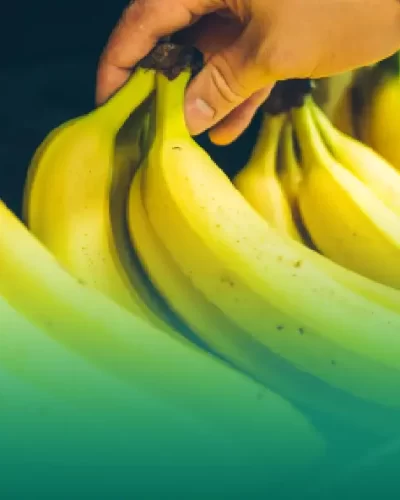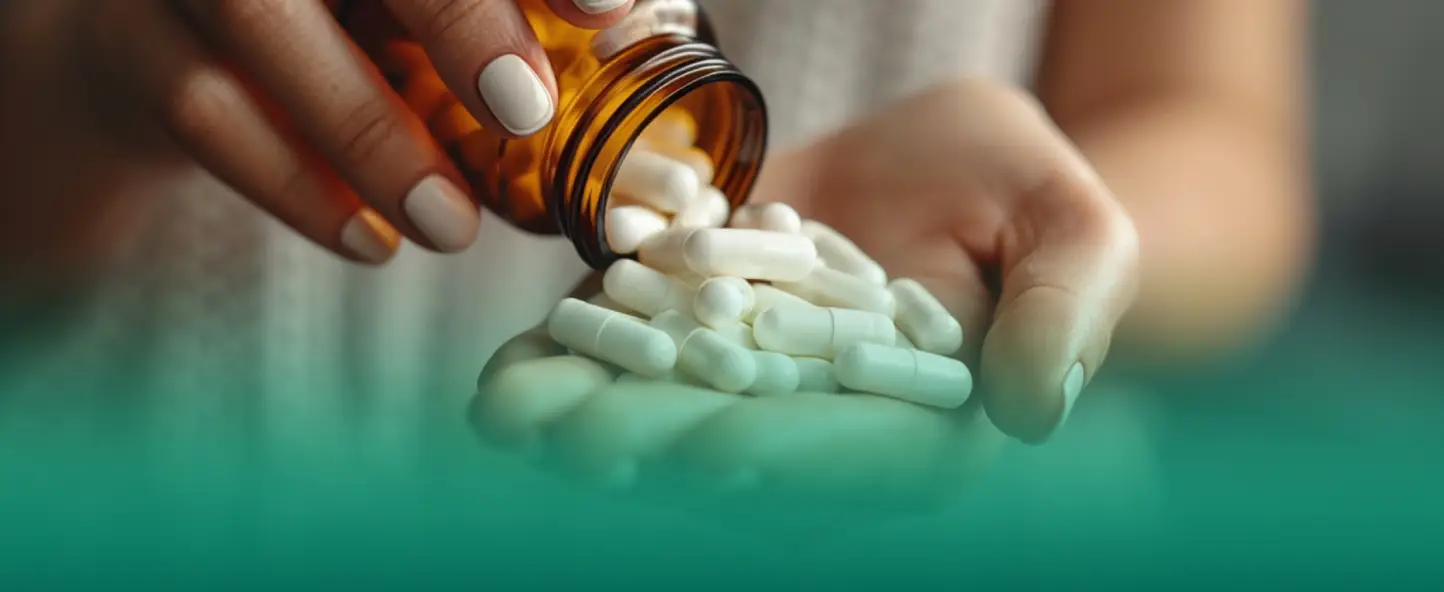Myth: Bananas make you gain weight
In fact, 100 grams of banana contains approximately 23 grams of carbohydrates, which is comparable to the amount of carbohydrates in a regular tablespoon of sugar. However, unlike sugar, bananas are a source of beneficial substances such as vitamin C and B, which play an important role in the body’s biochemical processes.
Bananas are also rich in nutritional minerals such as magnesium and potassium. 100 grams of this fruit contains about 27 mg of magnesium and almost 1/10 of the daily value of potassium, which is important for maintaining the health of the body.
Bananas are not just a tasty and juicy fruit, they are also a valuable source of fiber and carbohydrates. When we eat bananas, we get not only a sweet taste, but also a long-lasting feeling of fullness, thanks to their unique composition.
Indeed, unlike regular sugar, the carbohydrates in bananas are absorbed much more slowly, which means more stable blood sugar levels. Thus, bananas are not only a tasty treat, but also an important component of a healthy and balanced diet.
Myth: Bananas should be excluded from the diet if you have type 2 diabetes
Type 2 diabetes is characterized by the body’s loss of ability to process glucose normally. Because of this, many people believe that bananas, which are rich in carbohydrates, are incompatible with this disease.
The glycemic index (GI) reflects the effect of a food on blood sugar levels. The GI of bananas varies depending on their ripeness, variety and size. On average, bananas have a GI of no more than 48, which is low, especially due to their high fiber content.
The views of nutritionists on the use of bananas for people suffering from type 2 diabetes are favorable. They recommend eating one banana per day as an acceptable practice. However, you should avoid excess as eating too many bananas can cause your blood glucose levels to spike.
It is best to choose small, early to medium ripe bananas as they contain less sugar. To slow down the absorption of glucose, it is recommended to combine bananas with foods rich in fiber, protein and healthy fats, such as bulgur or pea porridge.
Myth: Bananas improve your mood
Bananas are famous for containing the essential amino acid tryptophan. It is from tryptophan that the body produces the “happiness hormone” serotonin, which makes many consider bananas an effective means of lifting mood and even fighting depression.
However, 100 grams of bananas contain only 9 mg of tryptophan. This is not much, especially compared to other foods, for example, half a glass of soy tofu contains almost 300 mg of tryptophan.
In addition, animal proteins are better absorbed than plant proteins, so meat, poultry, fish, eggs and milk are likely to lift your mood much more than bananas.
However, in practice, the relationship between dietary tryptophan and serotonin levels is much more complex. Most people eating a regular diet consume between 900 and 1,000 mg of tryptophan per day, which is 4 times the recommended daily intake for adults.
Experimental results showed that this amino acid in high doses can indeed slightly increase serotonin levels. However, it has virtually no effect on mood and certainly does not cure depression.
Myth: Bananas can cause constipation
Bananas contain both soluble and insoluble fiber. When soluble fiber enters the intestines, it begins to absorb water, which can cause stool to become harder and slower to pass through the intestines. Theoretically, this could cause temporary problems with the passage of stool.
It’s important to note that soluble fiber is also known for its ability to absorb water, so it can be used to alleviate mild to moderate diarrhea.
However, healthy people who drink enough fluids do not have such problems.
In this situation, when the soluble fiber from bananas reacts with water, a gel is formed, which helps soften and increase the volume of stool. On the other hand, the insoluble fiber present in bananas can be slightly irritating to the intestinal mucosa, which stimulates the secretion of water and mucus in the intestinal lumen.
As a result, the process of defecation is facilitated, and not difficult.
Myth: Eating bananas increases the likelihood of mosquito bites
This myth may have originated from real scientific evidence: in 2022, researchers found that one of the factors that attract mosquitoes is the acidic components of human sweat, including lactic acid.
However, in healthy people, the liver and kidneys filter lactic acid from the blood, breaking it down and converting it into glucose, which the body then uses for future energy.
Theoretically, potassium-rich foods such as vegetables, fruits, legumes and hazelnuts may help reduce excess lactic acid caused by illness or excessive physical activity. However, the amount of lactic acid in sweat does not increase.
To attract mosquitoes, it is not a person’s eating habits that are more important, but his physical parameters and the intensity of outdoor activity. The more active a person is, the higher the likelihood of becoming a victim of mosquito bites. During physical activity, breathing becomes faster, the body heats up, and sweat is produced in large quantities, making them more visible to insects.
Myth: Bananas help with caffeine overdose
Caffeine, consumed in moderation, is beneficial for adults. However, drinking coffee before bed can cause anxiety and make it difficult to fall asleep. Excess caffeine can lead to headaches, trembling hands and rapid heartbeat.
Proponents of this idea believe that caffeine can cause dehydration and loss of electrolytes, and that bananas, rich in potassium and magnesium, will help restore salt balance and cope with the side effects of caffeine.
Bananas will not help cope with a caffeine overdose. In this situation, the best option is to wait until the side effects go away on their own. The time during which caffeine will affect the body depends on the amount of coffee drunk and the individual characteristics of each person.
The peak effect of caffeine after drinking a cup of coffee usually occurs after about 2 hours. With a caffeine overdose, unpleasant symptoms usually go away on their own within 3-6 hours.
Myth: Bananas are considered radioactive, which can make them dangerous to eat
Bananas are rich in potassium, containing the naturally occurring radioactive isotope potassium-40. Because of this, some people may encounter a false alarm when a truck carrying these fruits passes through the radiation scanner used at American ports to detect smuggling of radioactive materials.
This may lead to the belief that eating bananas, especially over a long period of time, may be unhealthy.
Bananas do have radioactive properties, but this is not a cause for concern. Every day we are exposed to a much greater radiation load from the environment.
In our world, there are many more significant sources of natural radiation, such as cosmic rays and natural radionuclides, which are always present in the air, water and soil.
Each banana can emit approximately 0.1 microsieverts of radiation. To get a radiation load comparable to what we are exposed to every day, you need to eat about 100 bananas.






